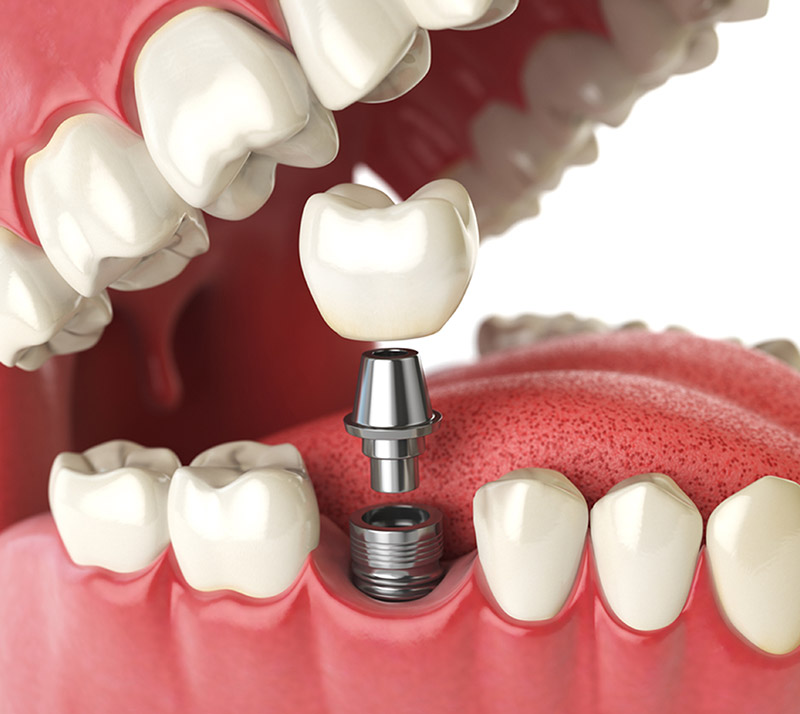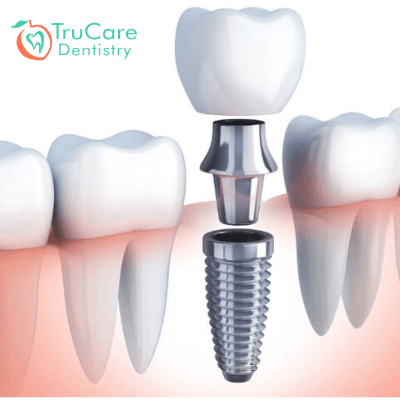Full Mouth Dental Implants Holland MI - Dental Implants: What You Should Know
The journey towards dental implants begins with a radical evaluation of the jawbone's condition. When there might be inadequate bone density to assist an implant, bone grafting turns into a vital process to recreate a steady basis. Understanding how much bone image source grafting is needed for dental implants greatly influences the treatment plan, timeline, and general see this here success rate.
The amount of bone grafting required depends on a quantity of components, together with the extent of bone loss, the implant's dimension, and the particular location within the mouth. In instances of great bone loss as a end result of periodontal illnesses, trauma, or prolonged tooth loss, more in depth grafting could also be necessary. Conversely, if the bone loss is minimal, a smaller graft could suffice.
Cheap Dental Implants Wyoming MI - Guide to Dental Implants: A Popular Option for Tooth Replacement
The evaluation course of sometimes involves imaging studies such as X-rays or 3D scans, allowing the dental professional to visualize the bone structure (Dental Implants Walker MI). These images assist in determining the quality and quantity of existing bone. If the bone is deemed inadequate, the dentist will then outline the appropriate grafting procedures
Grafting could be sourced from numerous areas. Autografts, which involve harvesting bone from the patient's personal physique, are often deemed the gold standard. These offer wonderful integration with the present bone but include the drawback of additional surgery. Other choices embody allografts, which use donor bone, and artificial materials designed to mimic natural bone. Each possibility has its personal implications on therapeutic and success rates.
After determining the necessary amount of bone grafting, the dental professional will create a tailored plan for the affected person. This plan might embody the timing of bone grafting in relation to the implant placement. In some cases, a graft could be performed simultaneously with the implant surgery. Alternatively, in more difficult eventualities, a separate therapeutic interval is indicated.
Healing timelines range based on the individual's health, the extent of grafting, and the kind of graft used. Generally, the therapeutic of a bone graft takes several months earlier than an implant could be positioned. During this time, bone regeneration occurs, leading to a steady base for the implant.
Dental Implants Near Me Grandville MI - Dental Implants Surgical Placement Videos
Patients usually surprise in regards to the risks associated with bone grafting. While issues similar to infection or graft failure are possible, these occasions are relatively rare. Adhering to post-operative care instructions and attending follow-up appointments reduce risks and promote healing.
Once the bone has adequately healed, the dentist assesses the graft's success by evaluating the bone density and stability. If every thing looks favorable, the subsequent steps towards placing the dental implant can begin. The success of this next step largely hinges on the standard of the bone graft and its integration with the surrounding bone.
Cost considerations play an necessary position within the decision-making course of. The expense of bone grafting varies based on supplies used, the complexity of the case, and geographic location. It is essential for sufferers to debate finances upfront to avoid sudden payments later within the treatment.
Dental Implant And Bridges Jenison MI - Dental Implants Procedure: What to Know
Also, sufferers should have practical expectations regarding the timeline and outcomes. Many elements can affect how much bone grafting is needed and its total effectiveness. A collaborative method involving the affected person and the dental staff not solely ensures readability but also enhances the probabilities of a profitable end result.

Maintaining good oral hygiene and regular dental visits following the procedure is significant. These practices can prevent issues and be certain that both the graft and the implant remain stable over time. The ongoing relationship with a dental professional is essential, particularly in the months following the procedures.
In conclusion, understanding how much bone grafting is required for dental implants encompasses a multi-faceted approach that considers bone quality, grafting varieties, therapeutic time, and general affected person health. The steadiness between reaching the specified aesthetic and functional outcomes whereas minimizing risks and complications is on the heart of dental implant procedures. The journey could additionally be intensive, but a well-planned strategy maximizes the possibilities for a profitable, long-lasting end in restorative dental work.
- Determining the amount of bone grafting required for dental implants often hinges on the initial bone density and volume of the patient's jawbone.
- Each patient's case is exclusive; factors similar to previous extractions, periodontal disease, or trauma can influence the necessity for grafting.
- A 3D imaging scan is often conducted to evaluate the precise dimensions of the obtainable bone and inform the grafting strategy.
- The sort of dental implant placement—immediate or delayed—may dictate the amount of bone grafting necessary for stability and integration.
- Different kinds of graft supplies, such as autografts, allografts, or synthetic choices, can impact how a lot grafting material is needed.
- Assessing the affected person's total health, age, and way of life habits can affect the healing course of, influencing graft quantity necessities.
- The depth and placement of the implant can necessitate various amounts of graft material to secure optimum outcomes.
- Successful integration of the dental implant usually depends on sufficient bone density, leading to a tailor-made grafting approach for each particular person.
- Consultation with an oral surgeon will present a clearer estimate of the bone grafting wanted based on comprehensive evaluations and imaging outcomes.
- Post-grafting therapeutic time varies; thus, a careful analysis is essential to determine the final quantity of grafting required for successful implantation.undefinedHow much bone grafting is required for dental implants?
Full Mouth Dental Implants Grandville MI - Dental Implants - Top Oral Surgeon
What is bone grafting and why is it needed for dental implants?undefinedBone grafting is a surgical procedure that adds bone or bone-like materials to the jawbone. It is critical for dental implants when the present bone is insufficient to assist the implant, ensuring stability and long-term success.
How do I know if I need a bone graft for dental implants?undefinedYour dentist or oral surgeon will evaluate your jawbone via x-rays or 3D imaging to discover out its density and volume. If they discover that you simply lack adequate bone, they may recommend a bone graft before continuing with the dental implant.
Dental Implants Whole Mouth Walker MI - Multiple Tooth Dental Implants
What factors affect the amount of bone grafting needed?undefinedFactors embody the dimensions and placement of the implant website, the health and density of existing bone, and individual healing capacity (Dental Implant Dentures Grand Haven MI). These parts help the dentist determine the appropriate quantity of graft material needed
Are there several varieties of bone grafts used for dental implants?undefinedYes, there are a number of sorts, including autografts (from your own body), allografts (from a donor), xenografts (from animals), and synthetic graft supplies. Each sort has distinctive advantages and may be selected based on individual patient wants.
Implants Dental Implants Grand Rapids MI - Dental Implants: Tooth Replacement Solution
How long does the bone grafting process take?undefinedThe duration varies based on the complexity of the grafting process and the extent of the area treated. Generally, a bone grafting procedure can take wherever from 30 minutes to a couple hours, depending on the precise circumstances.
What is the recovery time after a bone graft for implants?undefinedRecovery occasions can differ, but typically, preliminary healing would possibly take a number of weeks, whereas full integration of the graft with the bone can take several months. Your dentist will present a personalized timeline based mostly in your scenario.

Will I experience pain after the bone grafting procedure?undefinedSome discomfort is widespread after a bone graft, but it's typically manageable with prescribed pain medication. Most patients report that pain diminishes considerably within a couple of days.
Dental Implants Affordable Muskegon MI - Dental Implants services
How does bone grafting have an result on the overall dental implant timeline?undefinedBone grafting could extend the general timeline for receiving dental implants, because it requires a healing interval before implants could be positioned. This can add a quantity of months to the method but is crucial for a successful implant placement.

Are there risks related to bone grafting for dental implants?undefinedLike any surgical procedure, bone grafting carries some risks, similar to infection, graft failure, or problems related to anesthesia. However, when performed by an experienced skilled, these risks are generally low.
Can I have dental implants positioned instantly after a bone graft?undefinedIn many circumstances, dental implants can't be placed immediately after a bone graft because of the need for the graft to integrate into the existing bone. However, some techniques, like immediate loading, could permit for this under specific conditions. Your supplier will advise you on the best choice based mostly on your circumstances.